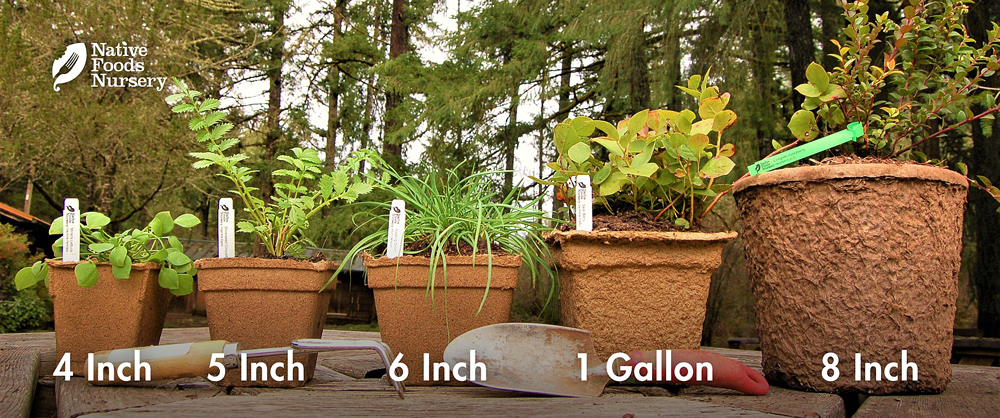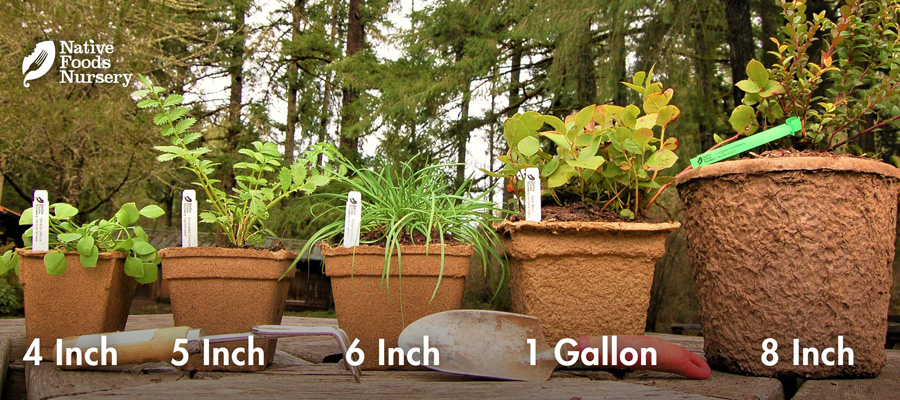Nodding Onion
- Current Stock:
- 0
- Other Names:
- Lady's Leek, Nodding Pink Onion
- Latin Name:
- Allium Cernuum
Nodding Onion is a perennial wild onion and beautiful native wildflower with an edible bulb, onion greens, and clusters of dangling purple-pink flowers.
Edible Uses
All parts of this native food are edible raw or cooked, and can be eaten and prepared just like a traditional bunching/green onion. The flavor of this wild onion tends to be stronger than supermarket varieties; the taste mellows and sweetens as it’s cooked. Bulbs and lower stalks can be used in stir-fries; green leaves can be finely chopped and added to salads; flowers can be used as garnish.
A great onion flavor. Native American peoples, wild foragers, and sustainable gardeners have and continue to value this plant as food. It can be eaten throughout its range, cooked alone or as flavoring for meat and fish.
Ornamental Qualities
The Nodding Onion is often grown simply for the beauty of its blooms: a cluster of elegant pink-purple flowers hangs downward from each stem in early summer. Great for rock gardens, herb gardens, or along edges. Nodding Onion looks beautiful alongside other complementary wildflowers like Early Blue Violet and Broadleaf Lupine.
Environment and Culture
The Nodding Onion is native to much of the continental United States. It is quite drought tolerant and adaptable, often growing in prairies, dry woods, rocky hillsides, and coastal bluffs. It is a valuable bee and wasp plant - both great for the garden. As a perennial that multiplies rapidly, it’s a sustainable alternative to the supermarket onion that requires annual re-planting.
Northwest Native American tribes today still value this special plant as food, medicine, and family. Despite great cultural losses, they continue to work towards stewarding and restoring wild populations, both strengthening the integrity of the ecology and sustaining their cultural heritage and wisdom. These strong and recovering peoples and plants deserve our respect, gratitude, and reparations. (Learn more & how to help on our Charitable Giving page.)
Harvest, Care, and Preparation
Wait until Nodding Onion has multiplied before harvesting. Select and pull the oldest/biggest bulbs at the center of the clump (you might have to dig the bulb depending on the size of the plant and type of soil). These are delicious in any application you’d use onions for.
Greens can be completely cut back and harvested at least once in spring before the flower stalk emerges. Afterwards, just pick leaves individually. Chopping finely, they make a nice addition to a salad mix. Pick a few flowers to use as beautiful garnish for any dish.
Native Range: Western States, and beyond
USDA zones: 3-10
Ease of Care: Very Easy
Deer Resistance: High
Light Requirements: Full Sun
Soil Type: Any, prefers well-drained
Water Requirements: Dry to Wet
Pollination: Self-Fertile
Bearing Age: 2 yrs from seed
Size at Maturity: 1.5 feet
Plant Spacing: 1 foot
Bloom Time: Early Summer
Harvest Time: All year
Pot Sizing Guide









